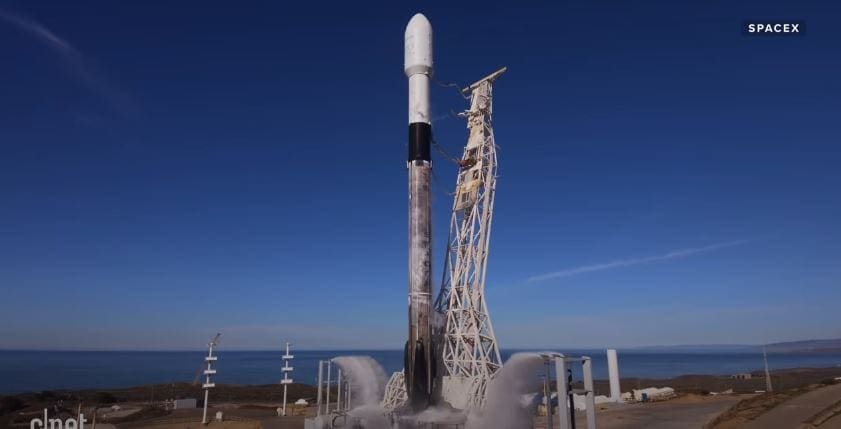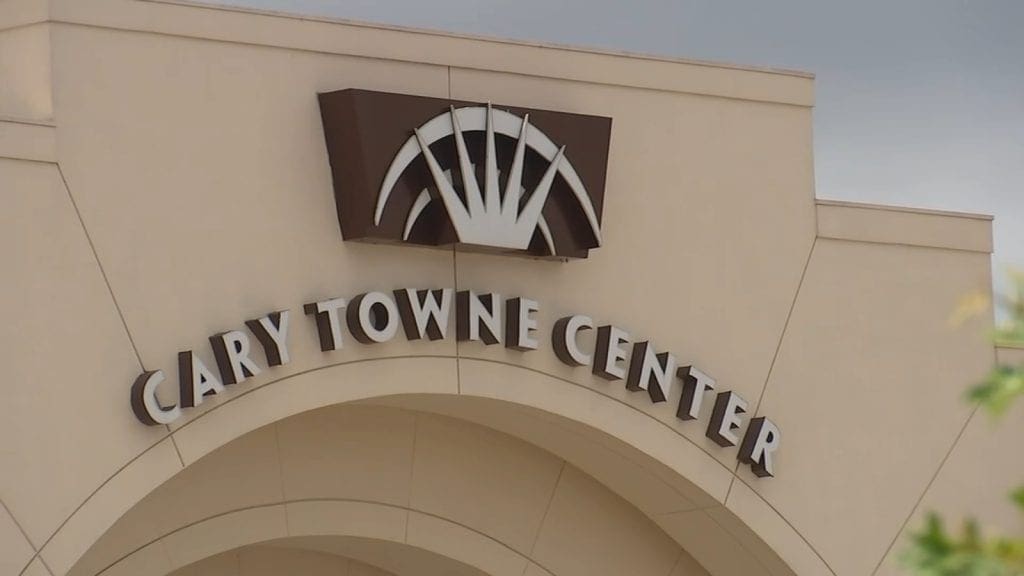This summer, SpaceX’s huge Starship spacecraft might begin taking to the sky in earnest.
Super Heavy, a massive first-stage rocket, and Starship, a 165-foot-tall (50-meter) upper-stage spaceship, make up Starship. The vehicle is being developed by SpaceX to transport people and goods to the moon, Mars, and other planets throughout the solar system.
Starbase, the company’s South Texas location near the community of Boca Chica, has undertaken several high-altitude test flights using Starship upper-stage prototypes. It is also getting ready for the transit system’s maiden orbital test flight, which Elon Musk, SpaceX’s creator and CEO, has said might happen shortly. The next-generation engine that will power Starship, Raptors, is being built and tested in large part as part of this preparation.
SpaceX Has High Hopes For Starship
According to Musk, each Super Heavy rocket will contain 33 Raptors and each Starship spaceship would have six Raptors.
For context, consider the following: The Falcon 9 rocket, SpaceX’s workhorse, is powered by nine Merlin engines in the first stage and one in the upper stage. However, hardware readiness does not ensure a July Starship launch; SpaceX must still obtain a launch authorization from the US Federal Aviation Administration (FAA). And acquiring one will not be simple; the FAA recently released an environmental evaluation of Starship operations at Starbase, outlining more than 75 steps SpaceX must do to reduce its impact on the local area, which is a biodiversity hotspot.
If Starship’s test campaign goes well, the vehicle might travel a great distance in the next few years. For NASA’s Artemis mission, which seeks to place astronauts on the moon in 2025 or 2026, Starship was chosen as the first crewed lunar lander. Musk has expressed faith that Starship would be able to send humans to Mars in the same approximate time, despite his penchant for setting highly ambitious objectives for his businesses.



